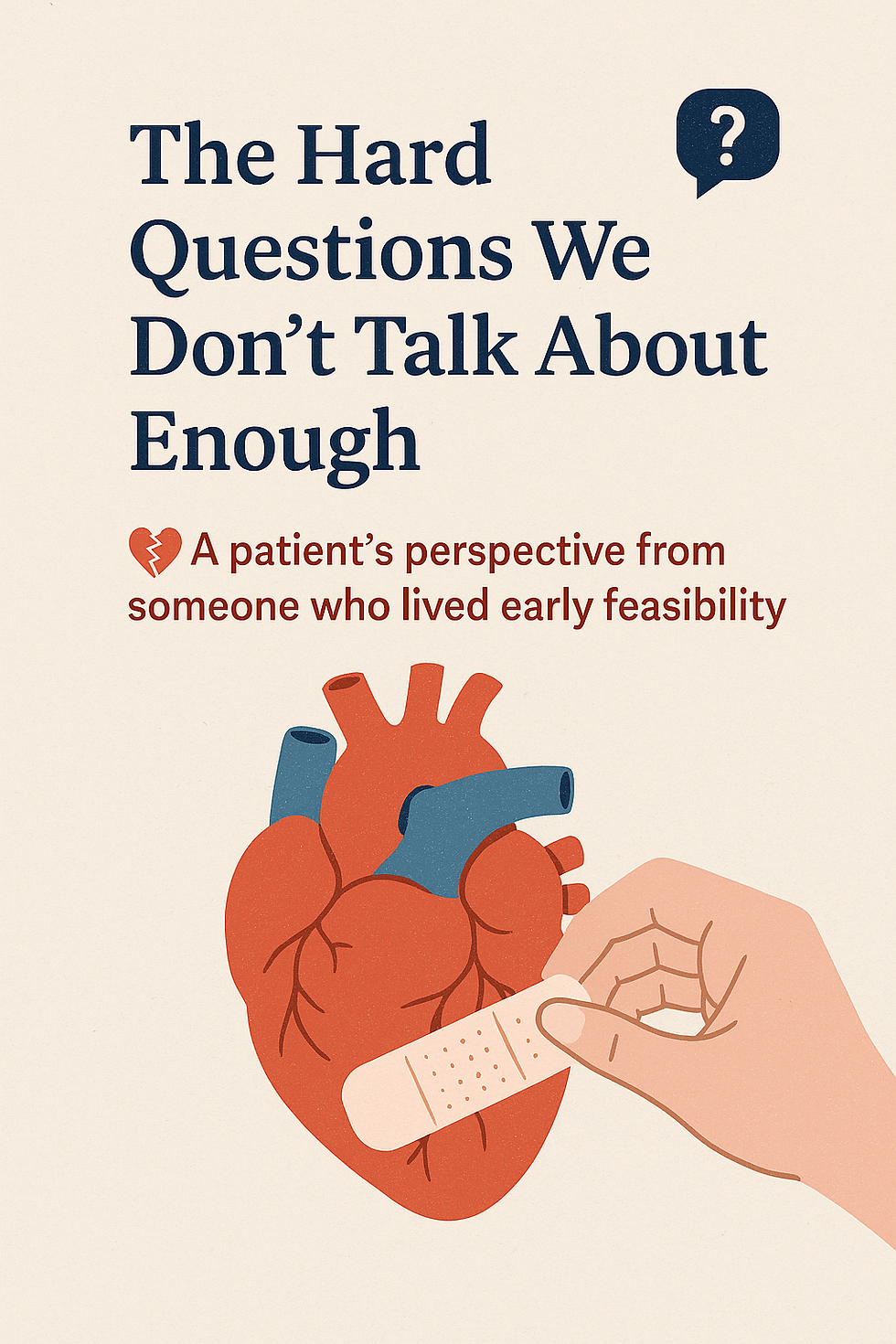The Struggle to Breathe: Why I Stopped Laughing
- maryrburrell
- Apr 2
- 2 min read
Breathing is automatic for most people. For me, it was something I had to think about constantly. I wasn’t wheezing or dramatically gasping, but I was always short of breath. Talking, walking, even laughing—anything that required sustained breath—left me drained. At one point, I stopped laughing altogether because I didn’t have the air for it.
What It Felt Like
Before treatment, I couldn’t get through a sentence without pausing to breathe. My chest felt tight all the time. No breath felt full. I avoided conversations, answered in short phrases, and sometimes nodded instead of speaking because I knew how limited I was.
Laughing was one of the first things I gave up. Not emotionally—but physically. The act of laughing pushed me past my limit. It left me breathless, lightheaded, and exhausted. I trained myself to hold it back just to keep breathing under control. That’s something most people don’t have to think about—but I did.

The Underlying Issues
A major part of my breathing problem was severe tricuspid valve regurgitation—a condition where the valve between the right atrium and right ventricle in the heart doesn’t close properly. This allows blood to flow backward, leading to volume overload, congestion, and symptoms like fatigue and shortness of breath.
I also live with fibrosing mediastinitis, a rare condition that causes dense fibrous tissue to form in the mediastinum—the central part of the chest. This tissue can compress airways, blood vessels, and other structures, worsening breathing and circulation. While fibrosing mediastinitis still affects me, the most treatable and pressing problem at the time was the failing tricuspid valve.
The Procedure: Transcatheter Tricuspid Valve Replacement (TTVR)
I underwent a transcatheter tricuspid valve replacement (TTVR)—a minimally invasive procedure done through a catheter inserted into a vein and guided to the heart. The diseased tricuspid valve was replaced with a new one, designed to stop the regurgitation and restore more efficient blood flow.
This type of valve replacement is less invasive than open-heart surgery and was the best option for my situation. The goal wasn’t to cure everything—it was to reduce the burden on my heart and lungs and improve my breathing and energy levels.
What Improved
The difference after the TTVR was real. I could speak longer without needing to pause. The constant tightness in my chest let up. My stamina improved. I wasn’t back to normal, but I could function better. I could have conversations again. I could laugh without immediately gasping for air.
The fibrosing mediastinitis is still there—it’s a chronic condition—but the valve replacement gave me meaningful relief from the extra strain that the regurgitation was putting on my body.
Where Things Stand Now
I still live with limitations. I still have to pace myself and manage my breathing. But since the valve replacement, my baseline has improved. I’m not constantly fighting for air during everyday tasks. I still have fibrosing mediastinitis, and I always will—but treating the valve issue helped me regain a part of my life that I had been losing piece by piece.
It wasn’t a cure. It was a targeted intervention that gave me room to breathe again—and sometimes, that’s enough to change everything.❤️🩹🥑



Comments